by Rohit Sadaka, Director-Corporate Ratings, India Ratings and Research
Indian mining sector has undergone a paradigm shift over the last decade with stern actions taken by the apex court for banning the illegal mining activities resulting in closure of several mines in various states and also deallocation of mines allocated to various corporates for captive or merchant use. Further, the introduction of new mining regulation – Mines and Minerals (Development & Regulation) MMDR Amendment Act 2015 – brought in changes in the rule of granting mineral concession by auction route rather than by allotment and non-renewal of existing concession at the expiry of term which has resulted in higher transparency. Companies acquiring mines under auction will not have any end use restriction imposed resulting in higher participation. The ministry has also allowed upto 50% open market sales for existing captive miners so to increase domestic supply and improve mining efficiency for existing domestic resources. MMDR Act changes also aim at opening up of mining industry to Foreign Domestic Investment by bringing in transparency in mine allocation, faster permit and allowing commercial mining to attract global players.
The recent auctions have shown significant participation and aggressive bidding by the corporates having captive requirement of the minerals especially in the operating mines as it offers successful bidders low gestation period, low investment for mine development and pre-approvals for initial period so as to ensure continuity of production and supply of minerals. The process has led to significant reduction in number of merchant miners as acquiring mines at high premium is not commercially viable for them. At the same time captive users have been very aggressive and have bid at high auction premium of around 100%-150% of base price for operational mines in order to secure raw material availability. However, for virgin mines, the auction premiums were comparatively low, providing scope for private merchant mining companies to enter but will have a long gestation period.
Impact on different categories of players
The three categories of miners -government mining companies, companies with valid license beyond FY20 (captive/merchant miners) and companies acquiring mines in auction – are at different level playing fields. Parity is unlikely with premia being higher for the newly auctioned miners than existing miners. The differential cost structure among miners shall result in varied profitability. Accordingly, merchant miners of the recently auctioned mines are likely to be at a distinct cost disadvantage. They are likely to compensate for this by trying to pass on the cost to the customer, thereby resulting in higher prices to end user. This shall benefit miners who have lower premia/no premia and thus increase their prices and boost their profitability. It is likely that with structural shift in the cost structure of the mining players, the prices are likely to remain at higher levels. However, government mining companies will always be at an advantageous position considering automatic renewal and fixed premium.The differential cost structure amongst mining entitiesis likely to remain for the next 5-6 years until majority of the mines are re-allocated under the auction route.
Government mining companies benefits most: A Public Sector Undertaking (PSU) central or state, mining companies (merchant or captive) are at advantageous position as compared to private players on account of preferential treatment as per the MMDR Act. PSU entities are eligible for the preferential treatment such as automatic renewal of their existing mining licenses on expiry of lease terms as well as special powers to the government to allocate new mines to PSUs without participation in auction. Further as per the MMDR Amendment Act – 2021, PSUs will have to pay premium equivalent to 1.5 times of the applicable royalty on minerals which is significantly lower than the premium agreed by the private players in recently concluded auctions. Low premium will always provide competitive advantage to PSU miners over private miners resulting in better profitability.
Companies with valid license: Companies having valid license beyond March 2020 as per MMDR Act provisions will benefit in interim period as these companies are not required to pay any premium on extraction of mineralunlike companies who have won the mines through auction and committed to pay required premium.
Companies acquired mining rights in auction: Companies had been aggressive in acquiring the mining rights during recent auction and committed to pay high premiums. The high premium resulted in higher cost for these mines which may not be possible to pass on to end user during down cycle by the merchant miners and negligible cost benefit for captive user. However, captive users who have bid for and been allotted mines in the recently concluded auctions, at a high premium though, are not at cost advantage position compared to user having valid mining license. While the premium is high, companies are comfortable in view of the ramping-up of output at these mines since it will ensure raw material availability in a supply shortage market, cost savings in terms of logistics and economies and not having to shell out the profit component to suppliers when they were procuring externally. Moreover, companies with captive mines, which under the erstwhile allocation route were not required to pay premium, will enjoy lower raw material cost than captive producers who have acquired mines in the recent auction.
Permitting commercial mining a welcome move
Permitting commercial mining of some minerals like coal without any restrictions on end use would aid in the domestic supplies of mineral in the long run. Decentralization of mines is a welcome step as it will increase competition in the sector and enhance operational efficiencies. However, some of the issues such as countries and companies working towards reducing carbon emission, elevated cost structure and large capex requirement for commencing of mining operations may hinder successful implementation of the plan over the medium-to-long term.It is expected that the import of coal can be substituted to the tune of around 20%-25% through domestic mining in the next five to seven years, depending on the successful operationalization of allocated coal mines and profiling of the coal mines planned to be put up for auction.
However, one of the primary headwinds for commercial coal mining would be increasing risk aversion by investors and companies, particularly at global level, towards investments in polluting fuels such as coal. The climate change agreements have compelled many mining companies to gradually move away from the conventional fuels and reduce their carbon footprints. At the same time, investment managers have consciously adopted strategies to reduce their exposures.
World’s per capita consumption of coal has been seen a sharp correction during the last two decades and has remained flat since 2016, suggesting the shift of several economies towards greener fuels. Further, there has been limited participation by foreign investors and funds in commercial mining, given environment, social and governance (ESG) factors taking increasing prominence.
Outlook
The increasing government thrust on infrastructure spending is likely to sustain robust demand for commodities and in turn for minerals resulting in likely growth in sales volume as well as profitability. Domestic mining companies also benefit from the global supply disruption as well as geo-political issue leading to higher international prices. In the long run, mining industry could face headwinds as the importance of ESG factors has been rising among the investor community and the aversion to investments in polluting industries have been clearly visible in the fraternity.


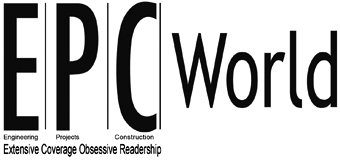





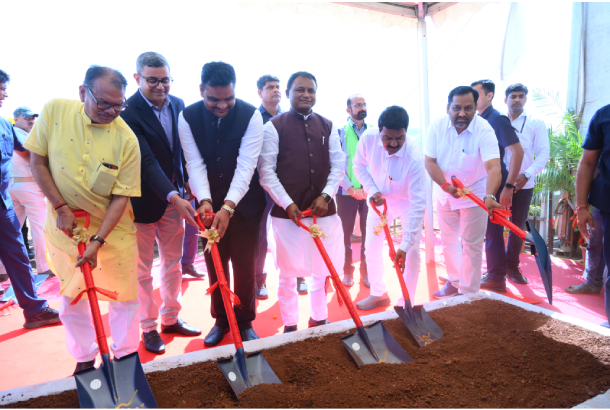
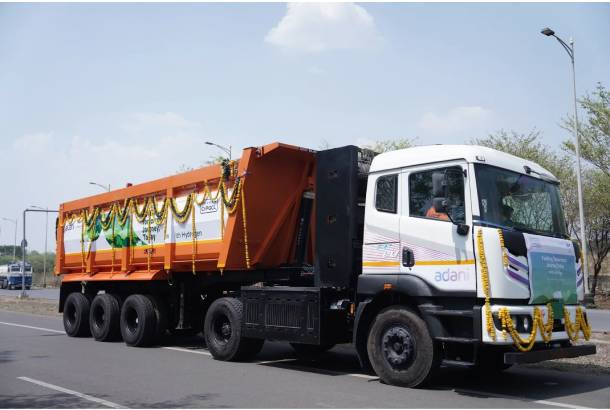
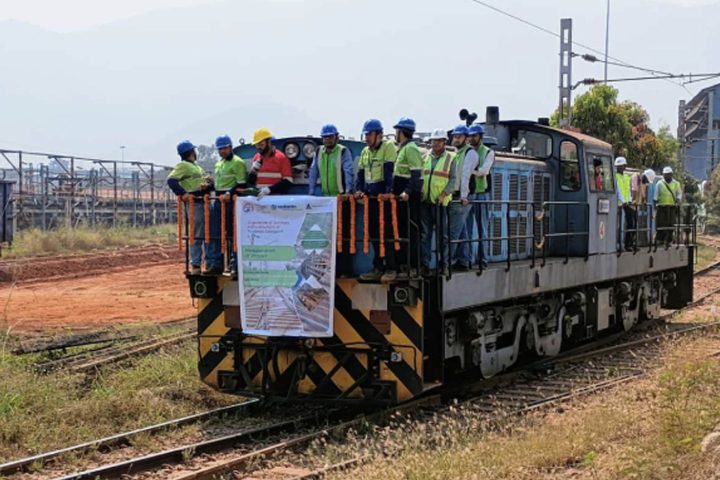






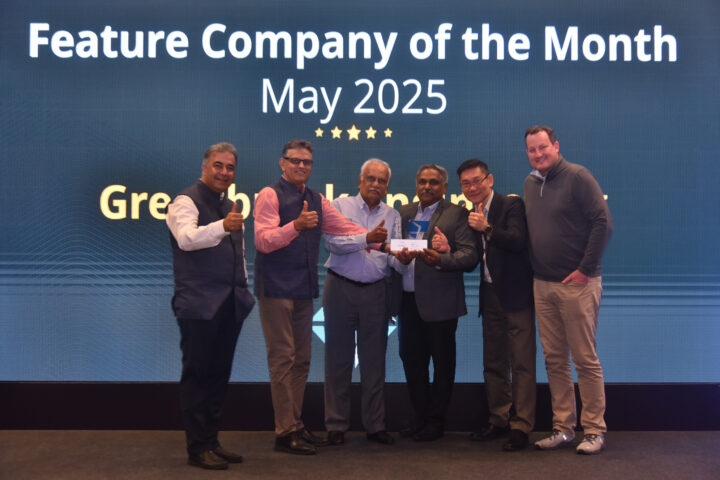



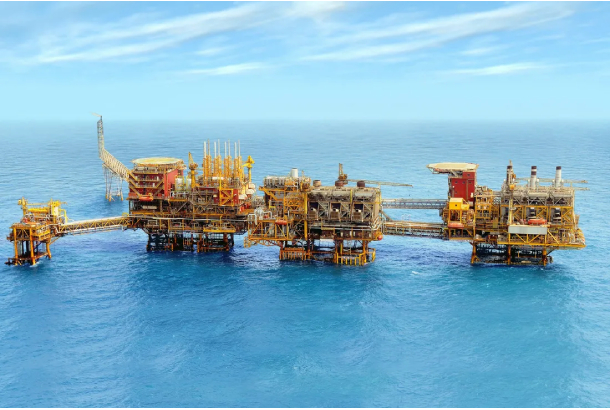




Follow